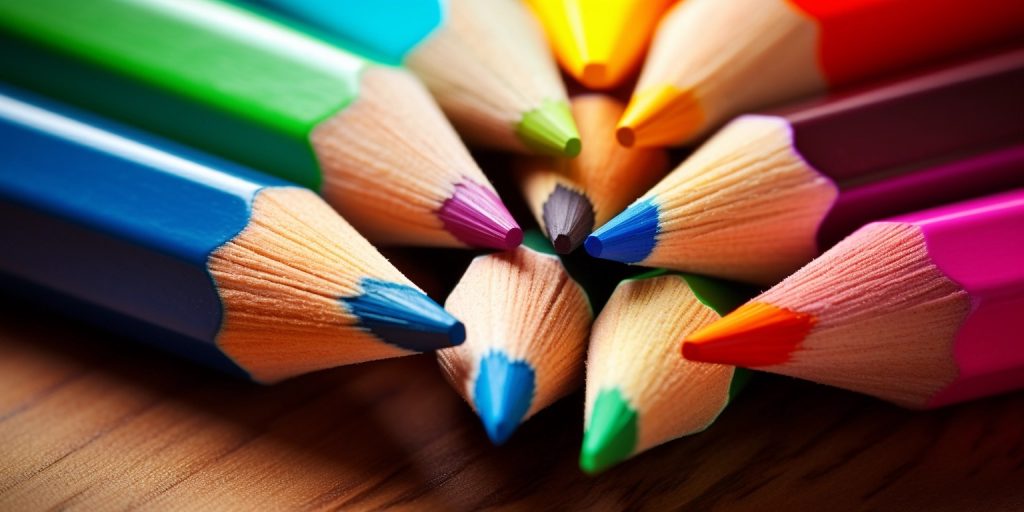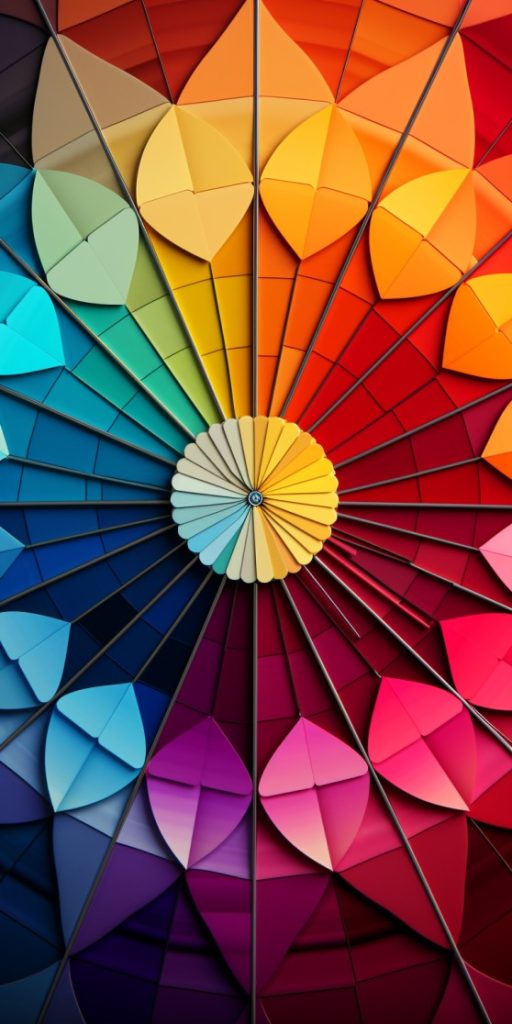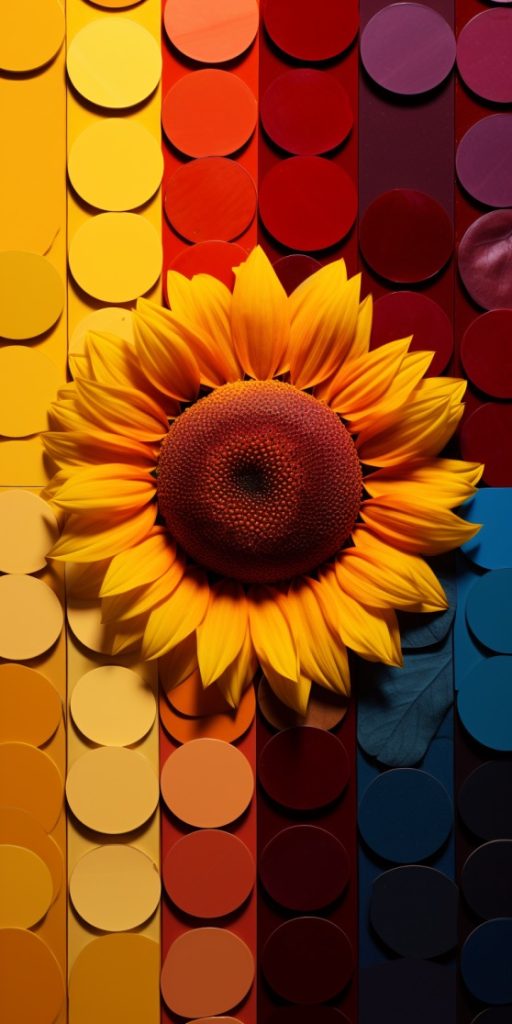
The Art of Coloring
Coloring Beyond the Lines: Unleashing Your Creative Voice

Coloring isn’t just a childhood pastime; it’s a vibrant creative outlet that can be enjoyed by people of all ages. It offers a chance to unwind, express yourself, and bring black-and-white images to life with a rainbow of possibilities. In this chapter, we’ll delve into the art of coloring and explore how to make your creations truly mesmerizing.
Going Beyond Random Hues:
Coloring transcends simply filling in lines with random colors. It’s about understanding the image and breathing life into it by selecting the perfect hues. Before picking up your tools, take a moment to study the artwork. Observe the different elements and how they interact. Identify the main subject and consider how you can enhance it with colors. For instance,an intricate floral design might be brought to life with vibrant reds, pinks, and purples for the petals, while softer tones grace the leaves and background.
Trust Your Inner Colorist:
When it comes to color selection, embrace your intuition. Don’t be afraid to explore different palettes and experiment with unexpected combinations. Sometimes, surprising color choices can lead to stunning results. Additionally, think about the mood or atmosphere you want to convey in your artwork. Warm colors like reds, oranges, and yellows can evoke energy and excitement, while cool colors like blues and greens create a serene and tranquil feel. Gradually build your confidence in color selection by starting with simpler designs and progressing to more complex ones as you feel comfortable.

Color Theory: Your Secret Weapon:
Understanding color theory can elevate your coloring to a whole new level. It unveils the relationships and interactions between different colors, encompassing concepts like harmony, contrast, and complementary colors. Familiarity with color theory empowers you to create cohesive and visually appealing pieces.
Here are some key concepts to explore:
- Color Harmony: Harmony refers to the pleasing combination of colors in an artwork. One approach is using analogous colors, which are hues adjacent to each other on the color wheel. Another is creating complementary color schemes by combining colors opposite each other on the wheel.
- Contrast: Contrast involves juxtaposing colors with different properties, such as light and dark or warm and cool.Utilizing contrast creates visual interest and makes specific elements stand out. For example, pairing a dark shade with a lighter pastel can draw attention to a focal point.
- Complementary Colors: These are pairs of colors opposite each other on the color wheel. When used together,they create a vibrant and dynamic effect. Experiment with these combinations to achieve impactful results.
Mastering Technique:
Achieving smooth and consistent coloring is crucial. Apply even pressure and take your time to prevent streaks or blotches. Keep your tools sharp, whether colored pencils, markers, or crayons, for precise application and better control. Try techniques like cross-hatching (creating texture with parallel lines in different directions) or stippling (using small dots to create patterns or shading).

Blending Your Colors:
Blending colors seamlessly adds depth and richness to your artwork. Several techniques are available, from using blending tools and layering colors to employing a lighter shade to transition between two hues. Experiment to find what works best for you. For example, with colored pencils, you can layer multiple light strokes in different directions or use a blending stump to soften and smudge the colors.
Shading for Depth and Dimension:
Adding shading is another essential aspect of creating realistic and three-dimensional coloring. Understand the direction of light in the image and use lighter and darker shades to create highlights and shadows. By paying attention to the interplay of light and shadow, you can breathe depth into your artwork. Practice shading techniques like hatching, cross-hatching, or stippling to refine your skills.
Cross-Pollination of Creativity:
Interdisciplinary approaches can further enhance your coloring experience. Consider incorporating elements from other artistic mediums, such as watercolor techniques or colored pencil techniques, into your coloring. This cross-pollination of techniques can push the boundaries of traditional coloring and result in unique and captivating artwork. For example, you can experiment with watercolor pencils, which can be blended with water to create beautiful washes of color on your coloring page.
Embrace the Joy of Coloring:
Most importantly, remember to have fun! Coloring should be an enjoyable and relaxing activity. Let your imagination run wild, and don’t be afraid to experiment. Embrace imperfections and allow them to add character to your artwork.Remember, there are no right or wrong ways to color – it’s your personal expression of creativity.
In the upcoming chapters, we’ll explore different coloring tools, advanced shading and blending techniques, more in-depth color theory concepts, tips for coloring specific types of images, and much more. Get ready to unleash your creativity and discover the joy of coloring on a whole new level!
